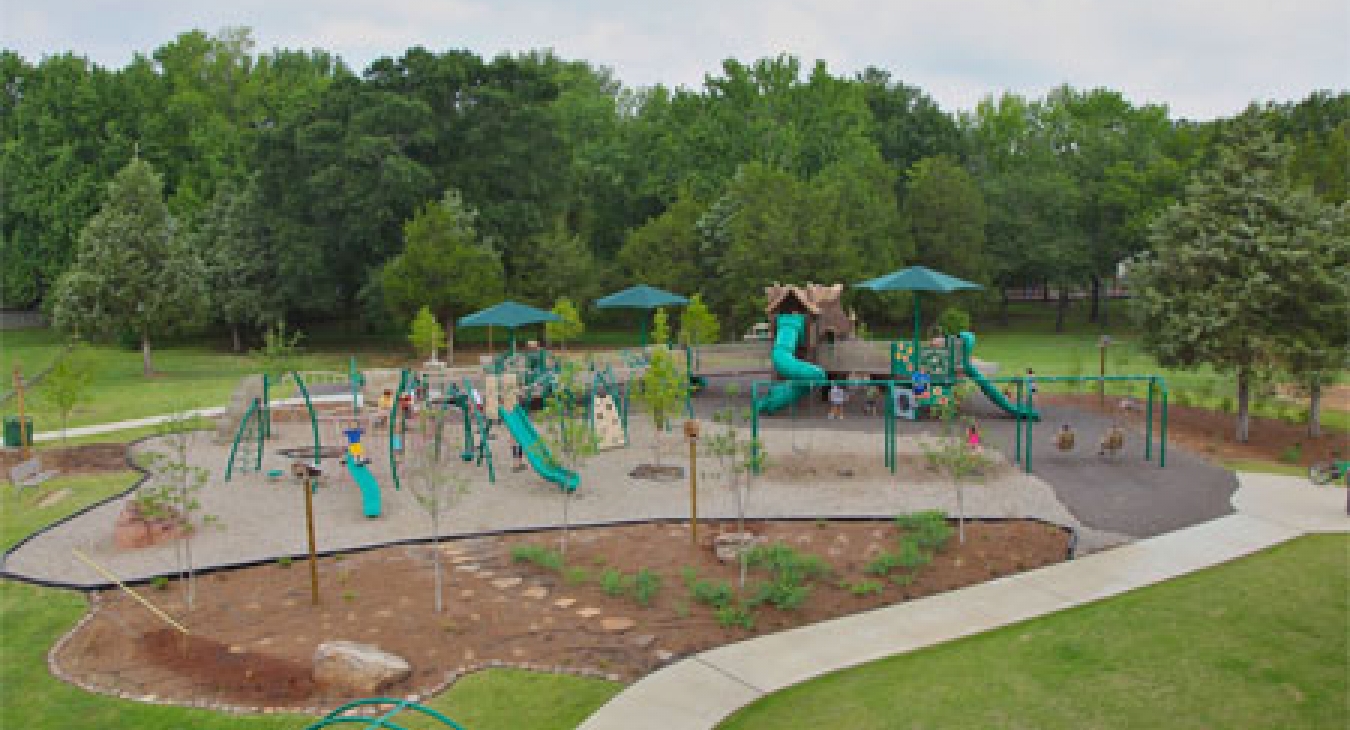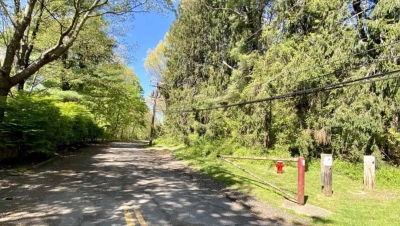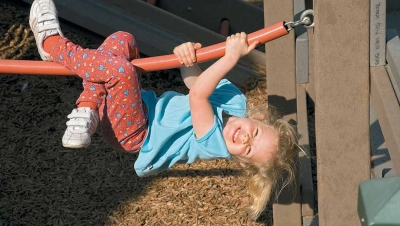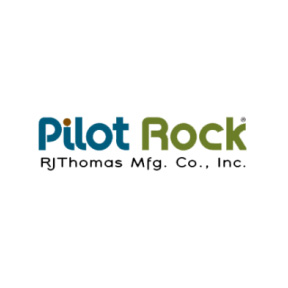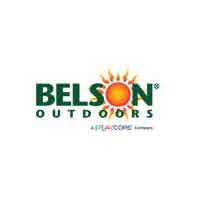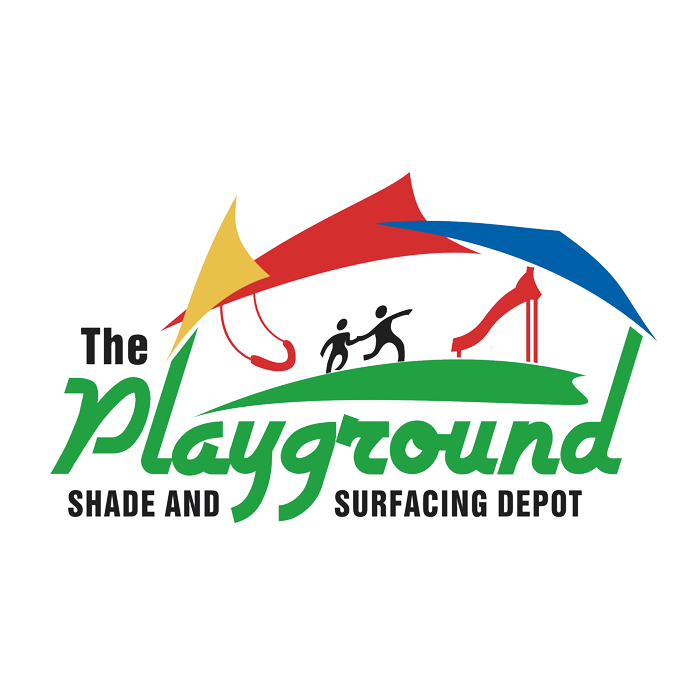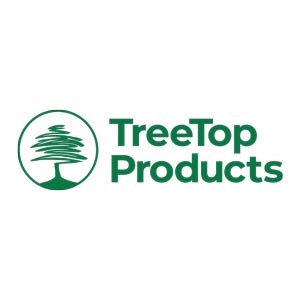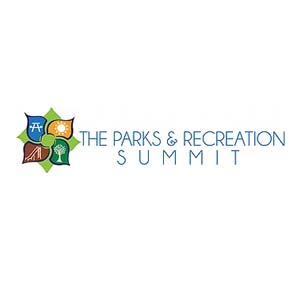As adults, one of our favorite tools to use in teaching life’s lessons to children is to do it through stories which end with “the morale of the story,” the destination that the story’s path finally leads, and the part that we want children to hold as a guiding principle. Most of us have heard the very old folk story “stone soup” sometime during our childhood. Though there are many variations, the essence is the same: one person with a plain, boiling pot of water uses wits and resources to create a robust, tasty soup to share, after others he meets add the one ingredient they possess, carrots, potatoes, a piece of bacon, herbs, etc. The first time you hear the story, you marvel at the cleverness of the soup’s originator, and at the delicious result that was enjoyed by so many, who on their own had a small part, but nothing as great as the whole.
This same concept has never held more meaning than in creating or augmenting recreation resources for today’s communities, and yet so many times we never get beyond the “pot of water,” offering our justifications, “I don’t have the budget, the time, the staffing, the manpower, the resources to build a playground, create a new park in an underserved area, offer a summer recreation program.“ Within each of our communities are rich resources, like buried treasure, that sometimes just take exploration to discover. Landowners, educators, funders, plant nursery owners, fundraisers, etc. all have valuable resources that when shared, can create a result as wonderful as that pot of soup.
Big advances in society have always been powered by people. A group of diverse citizens or groups mobilized around a common cause can, with appropriate coaching and support, produce achievable wins, build confidence, and lead to a sense of empowerment and a desire to stay involved in the community, impacting long term community capacities with far-reaching outcomes. By building an ecosystem of entrepreneurs, investors, and stakeholders, we can increase the likelihood of success for civic ventures and create transformative change in our communities. Most traditional institutions – government, business, and nonprofit – have to do more with less, creating a growing demand for engaging people in problem solving. Fortunately, according to the Corporation for National and Community Service, volunteerism is on the rise as people look for grass roots way to contribute to their community. In total, in 2011, volunteers donated about 7.9 billion hours of service, valued at nearly $171 billion. The most common volunteer activity was fundraising, while “Improving my community” was the most popular reason.
So where to begin? The Center for Civic Partnerships at www.civicpartnerships.org has a vast database of tips, tools, and resources to review. For park specific guidelines and case studies, the National Report Unified We Play www.playcore.com/partnerships offers considerations for successful partnerships, as well as several case studies implemented by park departments with a variety of partner types to great success. The report also provides a list of both online and print resources to promote community partnerships. The Partners for Livable Communities www.livable.org also offers a suite of resources and publications to download and review.
The benefits associated with research, implementation, and nurturing of partnerships are vast. A great example is the partnership formed between the Springfield-Greene County Park Board and Springfield Public Schools to merge school, park, and playground facilities that create a single element for recreation, education, and outdoor leisure activities. Their master plan considered proximities of schools to neighborhoods and parks to determine which would provide the greatest opportunity to connect communities in a meaningful way. Their program, SPARC (Schools and Parks are Reaching Communities) http://www.parkboard.org/sparc now includes numerous partnering agencies, promotes community cohesiveness, and offers year round, low cost programming that helps instill healthy behavior, builds self esteem and skill development, and increases positive relations between all involved agencies.
Another fantastic example of partnership development can be found in the city of Germantown, Tennessee, where an elementary school, hospital, and park department pooled their resources to create an award-winning family recreation area that serves the community in a variety of ways.
Riverdale Elementary School had an older play area that did not meet the needs of the growing student population, including children with a variety of special needs. Riverdale Park, which borders the elementary school, was also looking for ways to provide local families with resources for play and recreation. The park and school saw the benefits of joining efforts to create a play space that could be used by the school during the day, and the park goers after school and on weekends. The creation of an inclusively designed play space would serve the needs of both parties, but finding the funds would prove challenging.
Enter Baptist Rehabilitation Hospital, which was looking for a space to hold outdoor rehabilitation programming for their patients. They offered to write a grant to start the fundraising, and the project gained momentum substantially from that point. On the day the play space was built, parents and community members came to lend a hand with construction and beautification.
Now the large, inclusive, themed play space, named Everybody’s Treehouse, serves as a central location to the community and is a testament to the power of people and community agencies when they join forces toward a common goal. Everybody’s Treehouse was nominated for, and won, the U.S. Conference of Mayors 2011 City Livability outstanding achievement award, which honors mayors and their city governments for developing programs that enhance the quality of life in urban areas.
As the growth of scale and diversity of the population continues to outpace the increase of funds and resource available to serve their needs, creative partnerships are becoming even more important to accomplishing community goals and objectives. The key to success is discovering how to identify, assess, select, and solidify mutually beneficial partnerships to promote community priorities and goals. By first identifying those goals and the barriers to achieving them, the criteria and candidacy for partnerships become clearer, and set forth a road map to begin the journey. Communication, reporting outcomes, and monitoring sustainability help ensure the partnership stays on track and defined goals are achieved.
Although there are many strategies that can lead to success, it is a genuine commitment from the partners that will ensure that they can find their way, and make certain that their efforts provide citizens with valuable, sustainable results that will help nurture and grow community capital.


